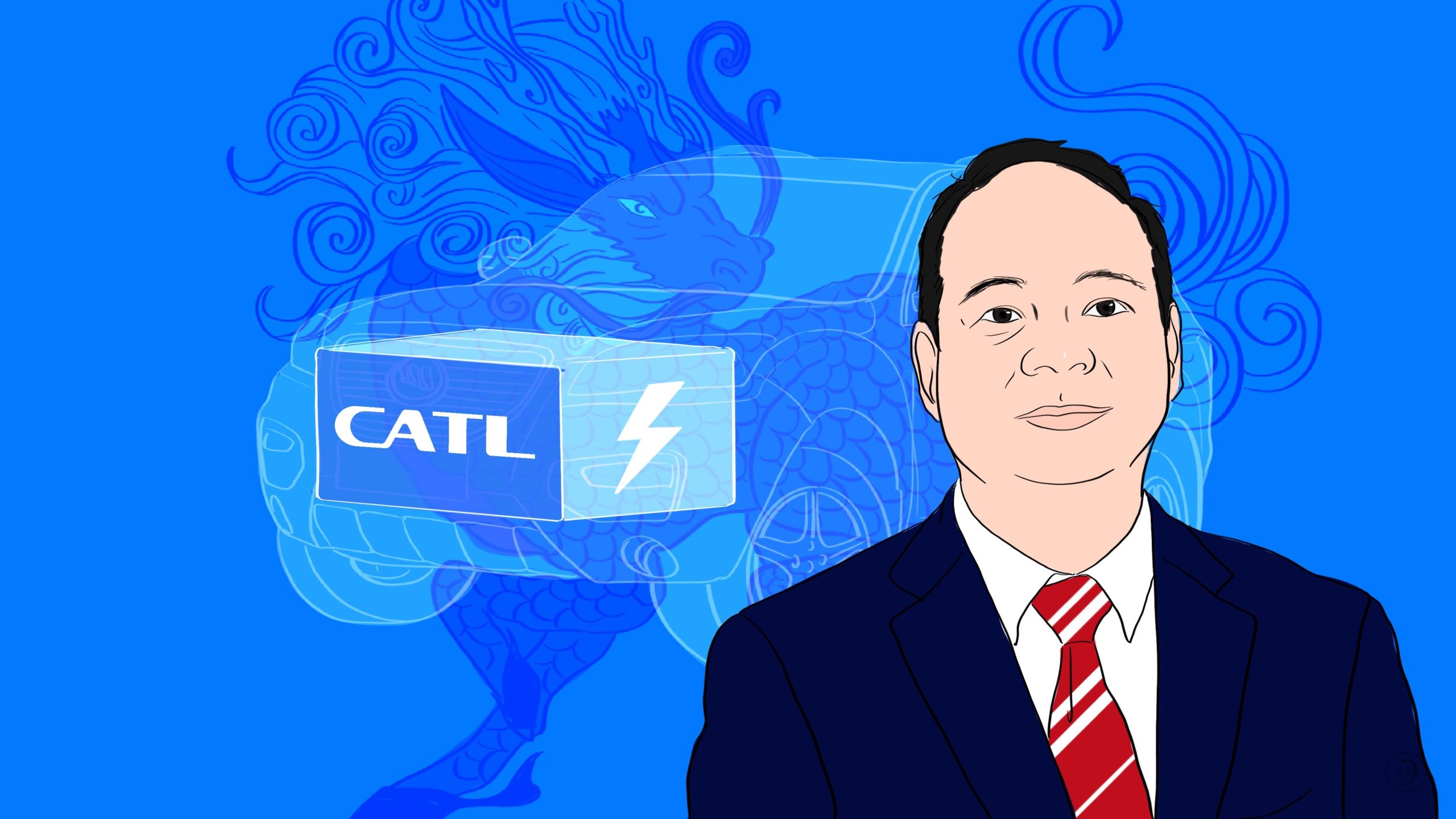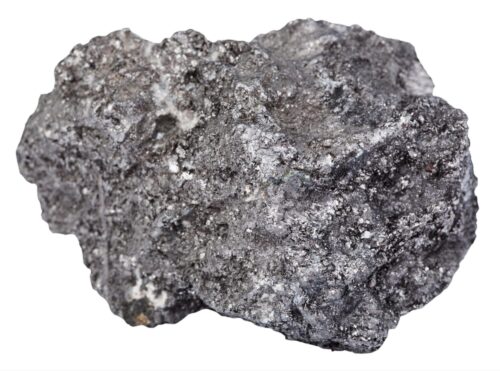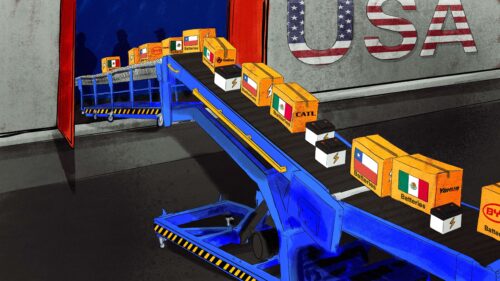CATL’s new battery is a leap forward but also a precursor of something radical to come
The Qilin 3.0 represents the latest evolution of a lithium battery, but CATL’s chairperson has been teasing a revolutionary new battery that is coming soon.

As we reported on Friday, electric vehicle (EV) battery manufacturer Contemporary Amperex Technology (CATL) 宁德时代 has launched its third-generation battery, named after the mythical beast Qílín 麒麟, set for mass production in 2023. On the afternoon of June 23, CATL released a four-minute video to launch the new battery:
- The Qilin uses cell-to-pack (CTP) technology, which means that the cells are directly integrated into the battery pack instead of the modules.
- As a result, the Qilin has a record-high volume utilization rate (the percentage of battery energy utilized for driving) of over 72% and a vehicle range of at least 621 miles.
Later on the same day, CATL announced that Li Auto’s 理想汽车 upcoming new models will feature the Qilin battery. When CATL launched the new battery on its Weibo social media account, Lǐ Xiǎng 李想, the founder and chairperson of Li Auto, forwarded CATL’s post with the comment “See you next year!”
With an energy density of 255 watt hours (Wh) per kilogram, the Qilin features CATL’s large surface cooling technology, with the cooling component located between the cells (instead of at the bottom of the cells), thus greatly increasing the area where heat can escape.
- The Qilin can do a hot start in five minutes, and charge up to 80% battery capacity in 10 minutes, all of which outperforms the Tesla 4680 battery cell that was launched in 2020.
- If required, the battery can be cooled down rapidly by blocking abnormal heat transfer between cells.
As CATL’s chief scientist put it, the Qilin has four main advantages: safety, long life span, high energy, and fast charging ability.
The context
CATL’s first-generation CTP battery (and the first battery to make use of CTP technology), released in 2019, was the first EV battery to eliminate the use of the module side plates, thereby reducing the number of parts by 40% and increasing the utilization rate by 20-30%. CATL’s second-generation CTP battery in 2021 increased the utilization rate from 55% to 67%.
With the launch of the Qilin 3.0, CATL has cemented its position as the world’s leading EV battery manufacturer:
- As of May this year, CATL has the largest market share in China’s EV battery market of 45.85%, and as of 2021, it had a global market share of 32.6%.
- In June, CATL joined the “trillion yuan club” when its market capitalization exceeded a trillion yuan (about $150 billion).
- By the end of 2021, CATL had 10,079 technicians and 3,772 domestic patents; the company’s research and development expenditure increased from 2.99 billion yuan ($446.88 million) in 2019 to 7.69 billion yuan ($1.14 billion) in 2021.
Yet for CATL, and especially its founder and chairperson, Robin Zeng (曾毓群 Zēng Yùqún), the Qilin battery is merely the latest evolution of a lithium battery, and a mere precursor to a truly groundbreaking battery that is coming soon. This new battery, according to Zeng, will be based on “condensed matter,” which he says “no one has heard about.” Zeng, who did a Ph.D. in condensed matter physics at the Chinese Academy of Sciences from 2002 to 2006, did not elaborate further, but it is likely that condensed-matter batteries will make use of graphene technology — a material consisting of a one-atom layer of carbon atoms that has virtually unlimited industrial potential, including as a conductor of heat and electricity.
In addition, CATL plans to produce sodium-ion batteries in 2023, which will have the advantages of high energy density, fast charging ability, and thermal stability. The company is also working on emerging technologies such as cobalt-free batteries and all-solid-state batteries (using a solid electrolyte instead of liquid electrolytes as in lithium batteries).
The takeaway
CATL’s CTP battery technology has catapulted it to become the world’s largest EV battery manufacturer, and now the company is planning to enter a whole new dimension with revolutionary new EV battery technology that will shake up the global EV industry.






